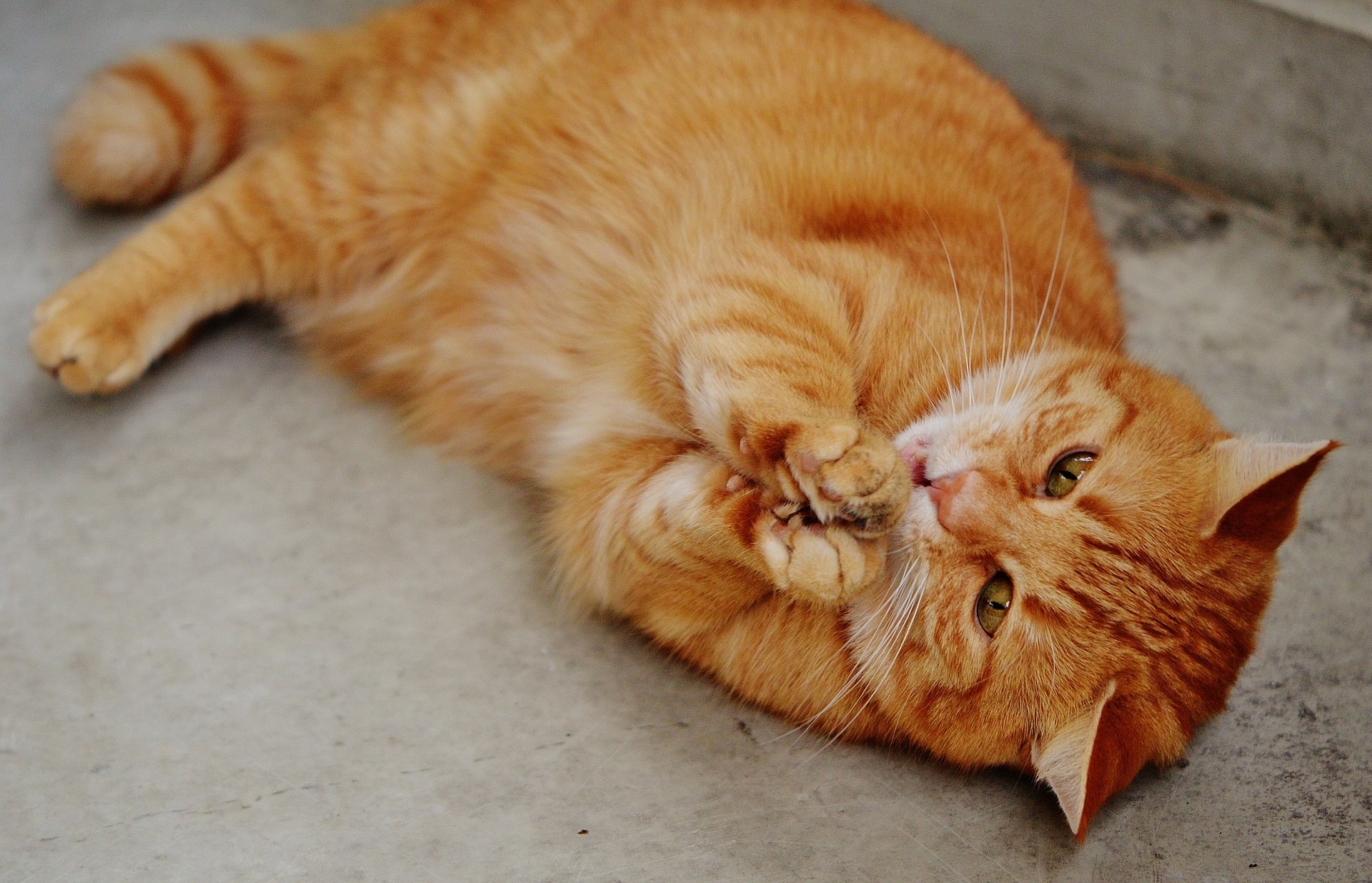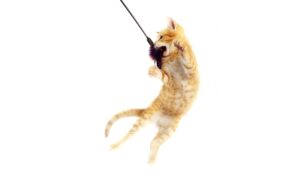Catnip Guide for Cat-Owning Customers
Steven Appelbaum //October 23, 2019//
Catnip is a herb belonging to the mint family. It is sometimes known as catmint or catswort and native to parts of Europe, China and the Middle East. Today it also grows in North America, Northern Europe and New Zealand.
Catnip can act as a hallucinogenic for roughly seven out of 10 cats. The plant also has a calming effect, which is very useful as a tool to address stress-related behaviors. Catnip can attract cats, which is valuable in behavior modification. About 30 percent of cats don’t react to catnip, and only those felines who have reached sexual maturation (after six months of age) will respond to it.
These points are important as some cat parents may come to your store expecting catnip to be a magic herb that all cats will respond to. This is not the case, and the more you understand the applications and limitations of this product, the better you are able to educate and assist your clientele.
Unfortunately, some cat owners purchase catnip to give to their pets for the purpose of getting them high. The internet has uncountable videos that people have posted of this, and there are some things owners need to be cautious and aware of:
- There is a risk of diarrhea and vomiting if the cat ingests too much of the herb.
- Since they can get a bit disoriented, injury can’t be ruled out.
- It should also not be given to pregnant cats.
That being said, generally, catnip is safe: Its symptoms don’t last more than 15-20 minutes, and it isn’t physically addicting. In fact, after a while, cats who ingest catnip will stop feeling its effects and cease to be attracted to it. This is fortuitous as it means there aren’t hundreds of thousands of catnip kitty addicts across the nation. However, it also means that some owners might not be able to use catnip as an effective behavior modification aid when the need arises.
Interestingly, catnip does not have the same effect on humans, although catnip teas have been around for centuries and used in some cultures to treat insomnia, nervousness and headaches.
Constructive Catnip Use
Attraction. Cats that like catnip will be drawn to it. Clients whose cats don’t like traveling in carriers can use catnip to help teach their feline friends to be far more accepting of entering and being transported in carriers. Not only might catnip entice them to enter the carrier, but the scent of it once they are inside could calm them as well. The herb can also be used to attract cats to a new litter box and scratching post. Please remind anyone using catnip for these purposes that it is not a cure-all. Litter box training involves numerous steps, including having the correct number of litter boxes, proper litter and proper location of the box. Catnip can help draw them to the litter box, but these other considerations must be taken into account in order to be successful in litter box training. Believe it or not, catnip can be used to teach some cats to like or at least be more tolerant to baths. Just add a little bit to the warm water and the scent might work wonders.
Calming. Cats can get stressed over a variety of things. This can be caused by environmental changes, including the introduction of a new cat or dog, new children or partners, moving and purchasing new furniture. Catnip is proven to have a calming impact on some cats. As all of you reading this know, there is no shortage of catnip products available. I personally like Kong’s Premium All-Natural Catnip and Yeowww! Catnip Bags, but it’s also important to manage client expectations regarding catnip items.
Some folks like to grow their own catnip, and while this isn’t hard to do, the challenge with this approach is that it is harder to control cats getting into it and requires more work. Some owners have grown catnip for years and report few if any neighborhood cats notice, while others have challenges keeping their cats and the neighbor’s kitties out of it.
Catnip can be rubbed on items that consumers want their cat to be attracted to. This includes new or old toys, cat beds, cat trees, scratching posts, litter boxes and carriers. Advise owners to keep catnip out of reach of their pets until it is being used. The less they use it prior to behavior modification, the more effective it might be.
Small amounts of catnip may be consumed for calming effect. If owners know ahead of time that a situation that causes a cat stress is going to occur, giving the cat some catnip 2-5 minutes prior can really help calm the cat and cause them to be less anxious.
Used responsibly, catnip can be a useful tool in training and in making cats happier and better adjusted members of your customers’ families.



















